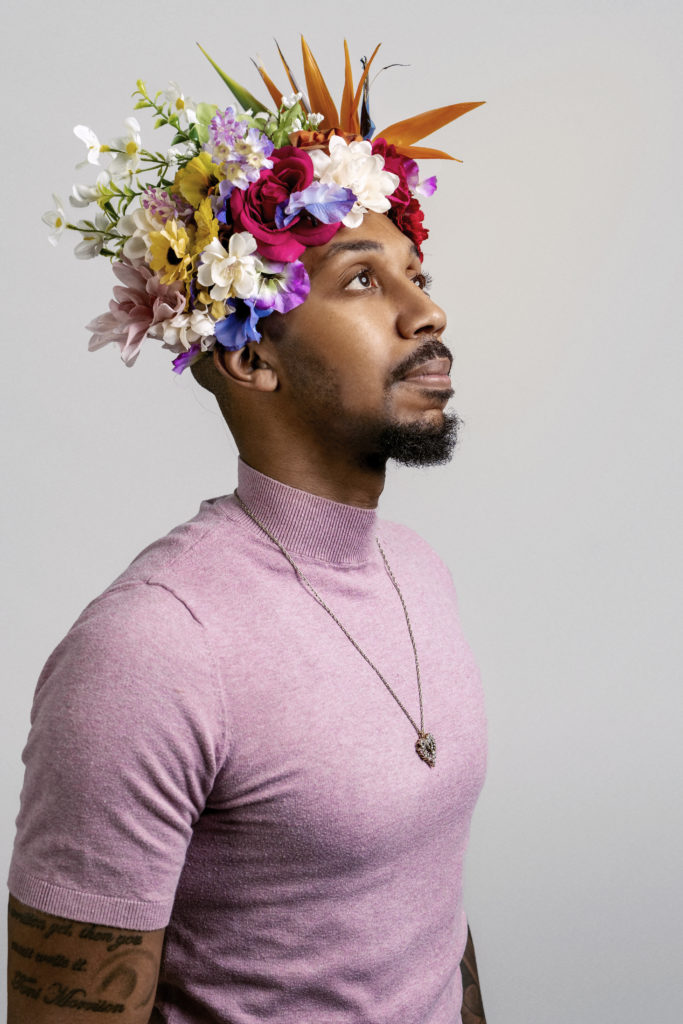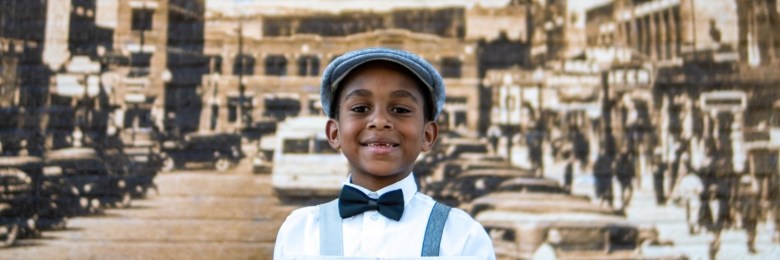Unconditional self-love and the courage to embrace authenticity are commendable, especially in a world with judgment and systemic barriers.
TIME100 award-winning non-binary author, activist, and journalist, George M. Johnson, explores early-20th-century Blackness and Queerness in “Flamboyants: The Queer Harlem Renaissance I Wish I’d Known.”
As the author of the New York Times bestseller memoir-manifesto, “All Boys Aren’t Blue,” Johnson is no stranger to putting their truth to paper.
Throughout “Flamboyants,” Johnson focuses on the fascinating lives of Ethel Waters, Ma Rainey, Zora Neale Hurston, Josephine Baker, Bessie Smith, Gladys Bentley, Langston Hughes, James Baldwin, Countee Cullen, Alain Locke, Richard Bruce Nugent, Claude McKay, and Jimmie Daniels.
From airing out the scandalous marriage between Coulee Cullen and Yolande Du Bois, W.E.B. Du Bois’s daughter, to a sobering reality of entertainers returning to the heteronormative closet, “Flamboyants” is a must-read.
With thought-provoking essays, illustrations by Charly Palmer, and poetry, “Flamboyants” unravels Black creative artists’ challenges while navigating their complex and multifaceted identities.
The memoir is an ode to the greats who came before us and made it possible for us to live more freely and proudly.
“Flamboyants” expands the geography of The Harlem Renaissance
The South got somethin’ to say and always had somethin’ to say.
Throughout, “Flamboyants,” Johnson sheds light on Southern-bred greats like Zora Neale Hurston, Ma Rainey, Bessie Smith, Jimmie Daniels, and Countee Cullen.
“That’s the beauty of Blackness. It’s expansive. It transcends our communities. Though Harlem was the epicenter, the Renaissance reached the South and Midwest, and vice versa,” Johnson wrote. “The musicians, artists, writers, and others all influenced one another. The period may be called the Harlem Renaissance, but it truly was a Black awakening across the country.”
Johnson also briefly discussed elitism amongst some Black creatives during the Harlem Renaissance Era.
As someone with Southern roots, Johnson understood that no amount of social status would free Black people from systemic and social oppression.
They guide us on an interrelated journey including their firsthand experiences, thoughts, and research.
“Big Nanny, my great-great-grandmother, had her own interaction with the Klan. They showed up at her house one day. But she was armed with a shotgun and was able to protect her family,” they said.
By sharing Black and Queer stories outside of New York, Flamboyants covers the complexity, diversity, and nuances of the Harlem Renaissance Era.
Living in your truth despite the danger

America’s long history of criminalizing and demonizing LGBTQIA+ people includes anti-sodomy laws that disproportionately targeted enslaved and free Black individuals.
From the nation’s start to the late 1800s, Queer people faced the death penalty and murder for simply living.
Unfortunately, throughout the 1800s, enslaved people accused of sodomy faced the death penalty. In addition, sodomy laws targeted Communities of Color well into the 20th century.
In “Flamboyants,” Johnson infers that the rise of anti-Queer and same-sex loving laws influenced Black artists, educators, and entertainers to convert to a heteronormative lifestyle.
The Lavender Scare era (1940s-1960s), which was an executive order by President Dwight Eisenhower, fired and forced Queer people to resign from the federal workforce. This period heightened untrue negative stigmas about Queer people.
To keep an honest living and a roof over their head, Johnson believes some stars returned to the closet to preserve their livelihood and well-being. But, some courageously continued to live out loud like James Baldwin and Richard Bruce Nugent.
In fact, activist, event organizer, and human rights advocate, Bayard Rustin, another openly Queer man during the Harlem Renaissance Era dealt with direct scrutiny and demonization.
According to the National Black Justice Coalition, “Two years later, he was arrested for failing to appear before his draft board and refusing alternative service as a conscientious objector. Sentenced to three years, Rustin ended up serving 26 months, angering authorities with his desegregation protests and open homosexuality to the point they transferred him to a higher-security prison.”
The U.S. government criminalized one’s honest identity as a weapon, but Black Queer individuals advocated and created allyship.
With vulnerability and strength, Johnson shares their challenging experience of publicly accepting his sexual orientation and gender identity.
“I know what it feels like to be a closeted queer person, or non-public about my sexuality and identity. Being closeted often meant sacrificing my true happiness in order to survive and stay safe. Until I was about twenty-seven years old, I didn’t publicly identify as gay. I finally did so in an article I wrote,” they said.
To prevent criminalization and demonization, society should provide LGBTQIA+ people with the spaces and resources needed to live in our truth without judgment or ridicule.
“Flamboyants” honors our Queer ancestors’ legacies
The Harlem Renaissance era produced timeless multi-creative artists who were poets, authors, musicians, singers, activists, cultural researchers, and much more.
But many of them created art while struggling and died as starving artists.
Zora Neale Hurston, a phenomenal author, scholar, and the Melanated Mother of Anthropology suffered dearly throughout her life, especially financially. Her life highlighted the systemic devaluation of Black women in academia and literature.
In addition, musicians dealt with predatory record companies known for stealing artists’ royalty checks and more.
Even so, Johnson understood the importance of art, literature, music, and deliberate gender and sexual expression during those times. They did what they had to do to break down barriers for future generations.
“And as I continue to look into the past, I’m discovering more and more people who were Black queer pioneers in a myriad of ways. Black queer people have always permeated every facet of life,” they wrote.
Throughout “Flamboyants,” Johnson reminds us that Queer people of color have always existed in all spaces, whether hidden or seen.
Despite anti-transgender laws and gender-based sexual violence, Black Queer people will relentlessly live in our truth with dignity and power.


